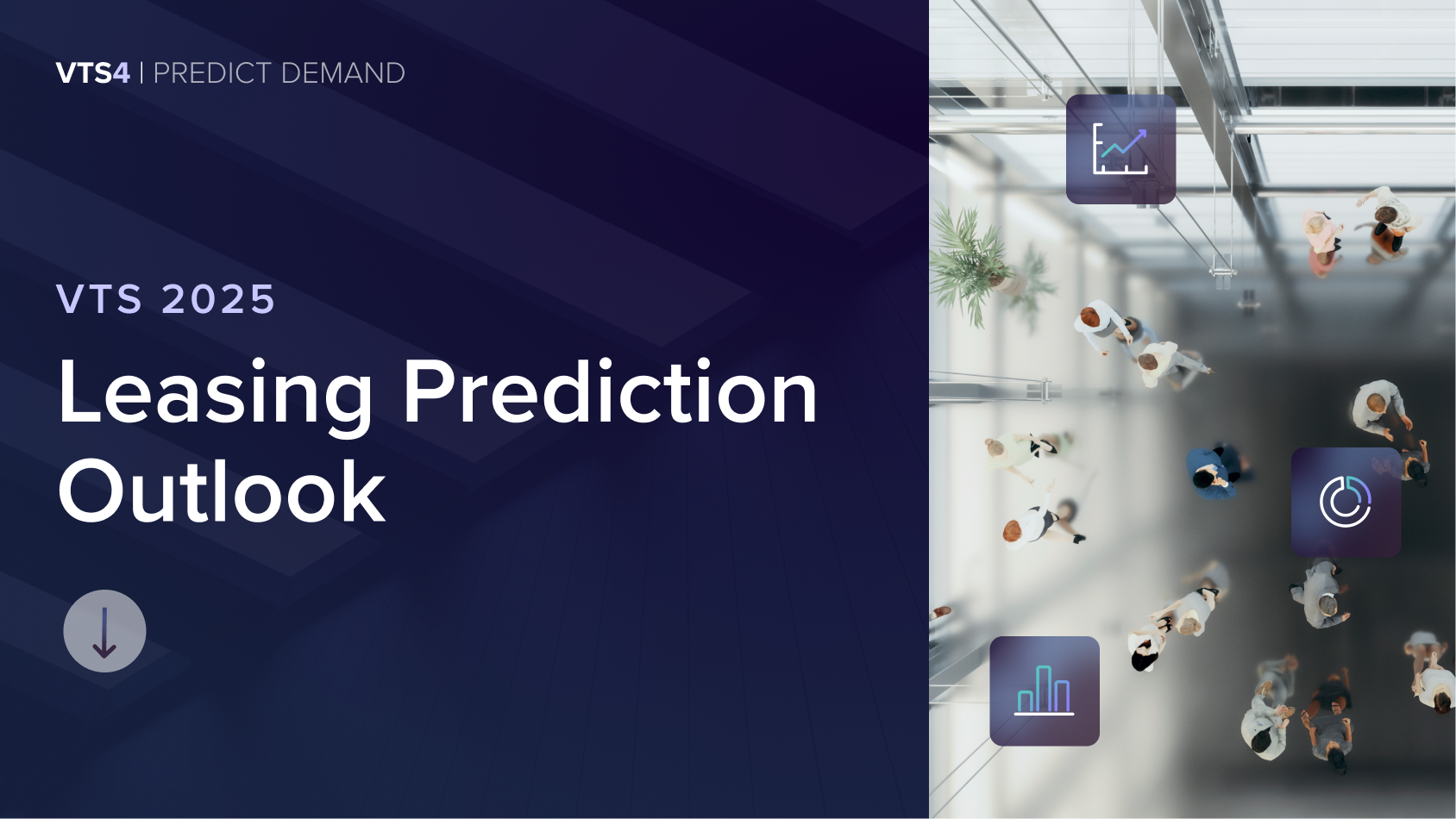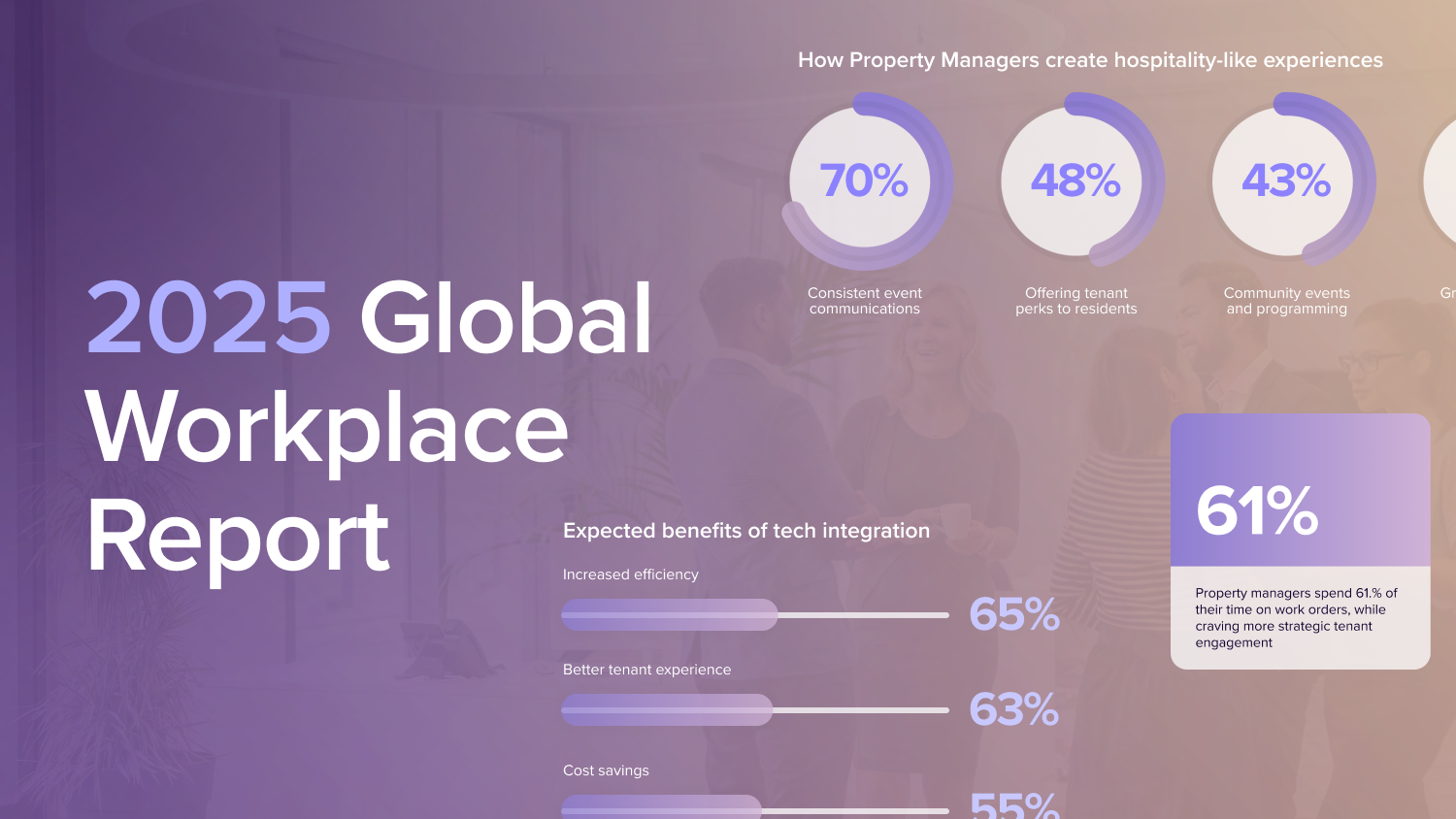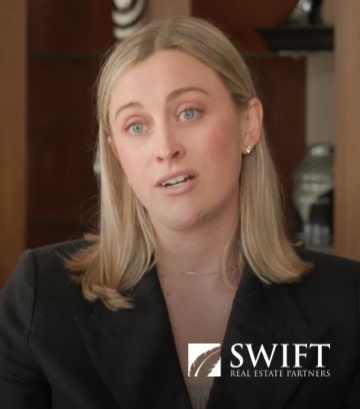Sustainability is becoming an ever-important part of office designs everywhere. There’s a need to create workspaces that prioritize environmental responsibility while still considering the people using the spaces.
Commercial buildings require substantial energy and resources to operate. Energy-efficient systems, renewable materials, and waste-reducing strategies can significantly decrease the carbon footprint.
The benefits go beyond environmental impact — they foster a healthier and more productive workplace. Natural light, improved air quality, and ergonomic design elements are far more comfortable for employees, ultimately increasing tenant sentiment.
With more sustainable office designs, organizations can focus on environmental goals that will lead to a brighter future.
Principles of Sustainable Office Design
A sustainable workspace environment should follow several key principles aimed at minimizing ecological impact and fostering a healthier, more productive workplace.
The first is creating energy-efficient spaces. Space heating, ventilation, and lighting are some of the top energy users in commercial office buildings.
A more sustainable design also maximizes natural lighting, uses environmentally-friendly materials, and focuses on improving indoor air quality.
Role of Sustainable Design in Achieving LEED Certification
Leadership in Energy and Environmental Design (LEED) is how buildings are rated for sustainability.
By adhering to specific guidelines related to energy efficiency, resource conservation, and indoor environmental quality, architects and designers can position their projects to achieve certification.
Let’s dig into the details of how to meet these requirements for sustainable commercial office buildings.
Energy-Efficient Office Design Strategies
Reducing energy consumption is a cornerstone of eco-friendly office practices, and there are several ways architects and designers can meet this goal.
Utilize Natural Light
Natural light not only decreases the need for artificial lighting but also creates a more comfortable and inviting workspace. Offices should have ample windows, skylights, and light wells to allow for plenty of natural light during the day.
Implement Energy-Efficient Lighting Systems
Energy-efficient lighting fixtures, such as LED bulbs and compact fluorescent lamps (CFLs), can significantly cut electricity consumption compared to traditional incandescent bulbs.
Lighting controls like occupancy sensors and dimmers help save on energy too, giving occupants more control over exactly how much light they want to use and leaving less room for waste.
Deploy Smart HVAC Systems
Heating, ventilation, and air conditioning (HVAC) systems are major energy consumers. Smart HVAC systems that utilize advanced controls and sensors to optimize temperature and airflow can lead to substantial energy savings.
Energy recovery ventilation systems allow for the recovery of heat or coolness from exhaust air, improving HVAC efficiency.
Prioritize Insulation and Window Treatments
Don’t forget about the impact of quality insulation. Spray foam or cellulose insulation help retain heat better, so the building uses less energy on heating and cooling.
Similarly, installing energy-efficient windows with low-emissivity coatings and insulated frames will minimize heat gain or loss.
Consider Building Orientation
Even the direction the building faces can significantly impact its energy performance.
Buildings with long facades should face north and south to maximize their exposure to natural light but minimize direct sunlight. This kind of forethought can reduce the need for artificial lighting and cooling, lowering energy consumption.
With these energy-efficient design strategies, architects and designers can create sustainable workspace environments that minimize energy use while still keeping employees comfortable and happy.
Resource-Efficient Materials and Practices
The choice of materials and the implementation of resource-efficient practices play a pivotal role in minimizing environmental impact and promoting long-term sustainability.
Select Materials with Low Environmental Impact
Materials made from reclaimed wood, bamboo, and recycled metal not only reduce the demand for virgin resources but also prevent unnecessary waste.
Designers should also prioritize products with low volatile organic compound (VOC) emissions to improve indoor air quality and ensure a healthier workplace environment.
Embrace Water-Saving Fixtures
Water conservation is another important aspect of resource-efficient office design.
Low-flow faucets, toilets, and urinals will significantly reduce water usage while still being functional and comfortable.
These fixtures don’t just save water; they’ll result in lower utility bills, offering long-term cost savings for businesses.
Implement Recycling and Composting Programs
Focus on minimizing waste by establishing recycling and composting programs in the office.
Provide clearly labeled recycling bins for paper, plastic, glass, and metal waste, and ensure proper disposal of electronic waste (e-waste) through designated recycling centers.
You can also try a composting program in the office kitchen or break room to keep food waste out of landfills. When we reuse these natural materials, we can feel good about contributing to sustainability efforts.
Creating a Healthy Office Environment
Creating a healthy office environment is paramount for employees and other occupants of commercial buildings.
During the construction phase or renovations, choose building materials that minimize volatile organic compounds (VOCs). Wood, tiles, and concrete are better options than synthetic composite materials.
And not only is natural lighting more energy efficient as we discussed before; it naturally purifies a space by slowing the growth of bacteria.
Incorporate natural plants, access to fresh air, and non-toxic cleaning products to see an even bigger impact. Biophilic elements like these can improve well-being so much that it noticeably improves employee performance.
Employees and other occupants of the building will appreciate the extra efforts you take to keep their workspace healthy.
Technology and Innovation in Sustainable Design
The integration of cutting-edge technologies brings us to a new era of sustainable office design.
Solar panels harness the power of the sun to generate clean, renewable energy.
When installed on office rooftops or facades, solar panels help us rely less on grid electricity so we can lower our carbon emissions.
Similarly to how we can use indoor plants to create a healthier environment, we can also utilize green roofs.
Green roofs are a layer of plants and vegetation planted on the top of office buildings, and they bring plenty of benefits: improved air quality, reduced urban heat island effect, and better stormwater management. They can even help insulate buildings to cut back on energy usage for heating and cooling.
VTS Activate’s Role
VTS Activate also contributes to environmental sustainability initiatives within buildings. Through its in-app communication features, it drastically reduces paper waste by enabling digital communication channels between tenants, property managers, buildig operators, and visitors. And, with its digital key card capabilities, VTS Activate eliminates the need for traditional plastic keycards, reducing plastic usage and waste.
Furthermore, VTS Activate provides a platform for promoting and advertising the environmental programs and efficiencies of the buildings it serves. Building managers can showcase their sustainability efforts directly within the app to increase awareness among tenants and visitors and foster a positive sentiment toward the property's commitment to environmental stewardship.
To keep track of your building’s operations and energy usage, intelligent building management systems are a must. Utilize sensors, data analytics, and automation to optimize building operations for energy efficiency and occupant comfort.
Our product makes it easy to schedule operational maintenance — one less thing building owners or managers will have to worry about in their busy days and ensure the building runs smoothly.
Future of Office Design
Looking ahead, we can expect to see more widespread adoption of renewable energy technologies, such as solar panels and wind turbines, as well as advancements in energy storage solutions.
Smart technologies and data-driven systems like VTS Activate will continue to enhance building performance and occupant experience.
Artificial intelligence (AI) algorithms may optimize energy usage based on predictive analytics, while augmented reality (AR) tools could revolutionize the design and construction process, facilitating more sustainable and efficient building practices.
Create a Better Future Through Eco-Friendly Office Spaces
Sustainable office design is not just about creating buildings; it's about shaping a better future.
From solar panels and green roofs to intelligent building management systems, these cutting-edge solutions pave the way for a more sustainably-built environment.
By embracing energy-efficient strategies, prioritizing resource conservation, and harnessing technological innovation, we can craft green office architecture that promotes environmental well-being for everybody.






